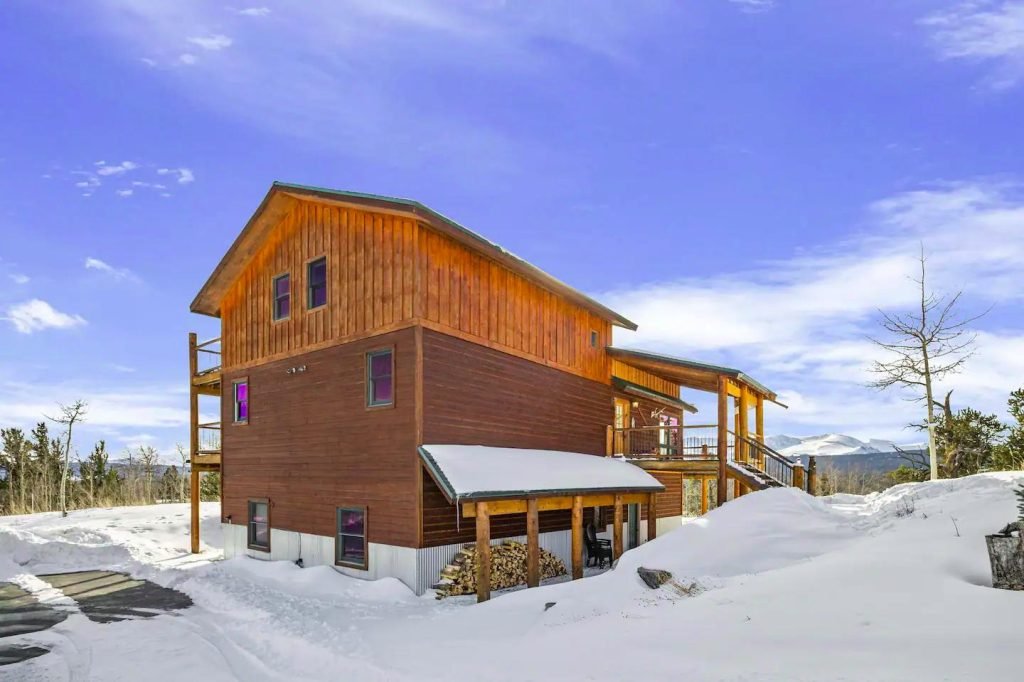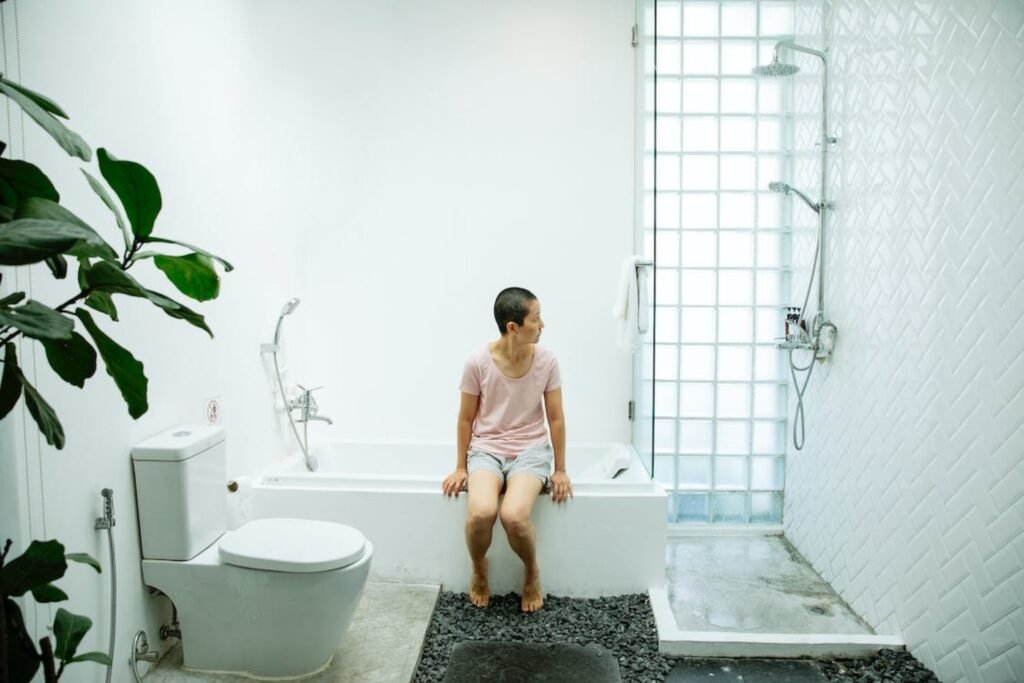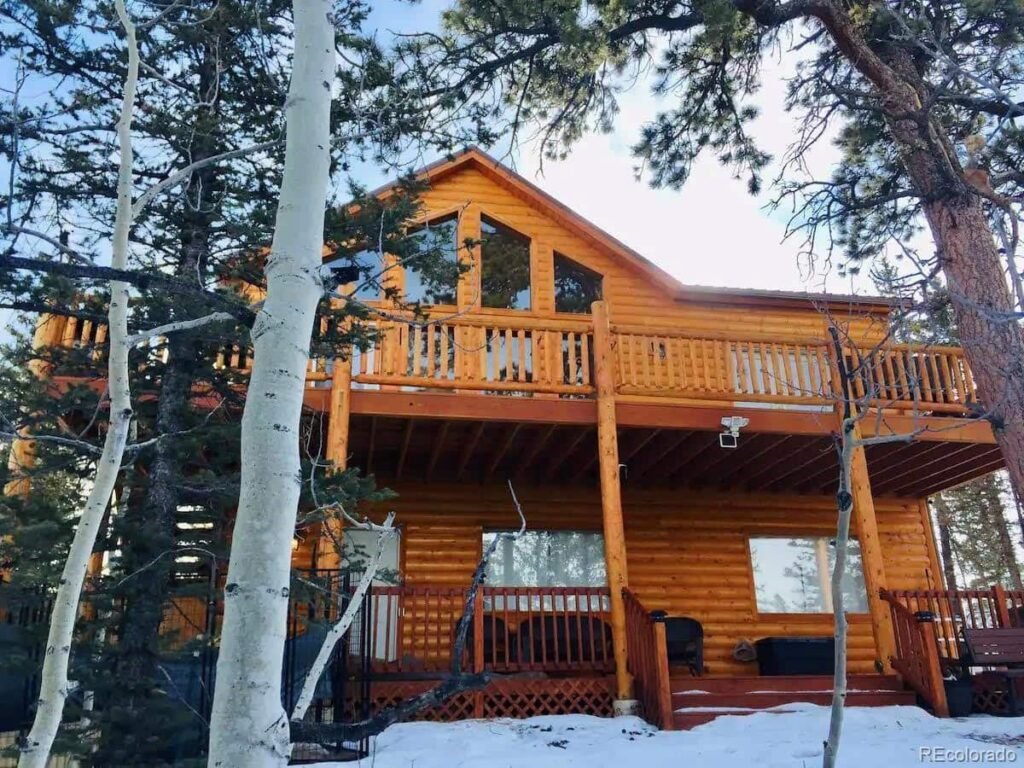Keeping safe from UV rays while vacationing in Colorado

In the heat of the summer season, just after winter, when your body hankers for some sunlight, you long to spend all day sunbathing on the beach, or if you are in Colorado, you desire to indulge in all kinds of outdoor activities. The summer season brings with it various opportunities to enjoy yourself in the sun in Colorado. You could do white water rafting, mountain biking, horseback riding, ziplining, or rock climbing to name but a few, before retiring to a luxurious vacation rental at the end of the day.
Sun exposure has some benefits if well done. One of the well-documented benefits is the ability of the skin to naturally produce healthy amounts of vitamin D in the sun, which will help you fight off some common ailments.
On the flip side, you also need to be aware of the power of the sun’s ultraviolet rays to damage your skin in as little as 15 minutes. Here below are some tips to help protect yourself and your family while having a great time.
Keeping Safe From UV Rays – Seek Shade
You can reduce your risk of skin damage and skin cancer by seeking shade under an umbrella, tree, or other shelters before you need relief from the sun. Your best bet to protect your skin is to use sunscreen or wear protective clothing when you are outside, even when you are in the shade.
Wear A Hat
For the most protection, wear a hat with a brim all the way around that shades your face, ears, and the back of your neck. A tightly woven fabric, such as canvas, works best to protect your skin from UV rays. Avoid straw hats with holes that let sunlight through. A darker hat may offer more UV protection. If you wear a baseball cap, you should also protect your ears and the back of your neck by wearing clothing that covers those areas, using a broad-spectrum sunscreen with at least SPF 15, or by staying in the shade.

Protective Sunglasses
Sunglasses protect your eyes from UV rays and reduce the risk of cataracts. They also protect the tender skin around your eyes from sun exposure.
Sunglasses that block both UVA and UVB rays offer the best protection. Most sunglasses sold in the United States, regardless of cost, meet this standard.
Clothing
When possible, long-sleeved shirts and long pants and skirts can provide protection from UV rays. Clothes made from tightly woven fabric offer the best protection.
A wet t-shirt offers much less UV protection than a dry one, and darker colors may offer more protection than lighter colors. Some clothing certified under international standards comes with information on its ultraviolet protection factor.
If wearing this type of clothing isn’t practical, at least try to wear a t-shirt or a beach cover-up. Keep in mind that a typical t-shirt has an SPF rating lower than 15, so use other types of protection as well.
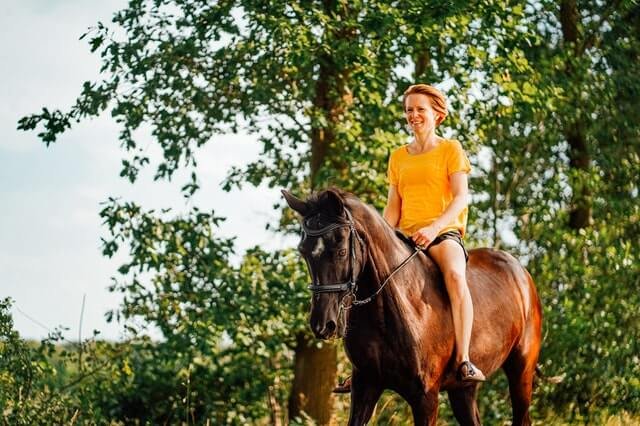
Use Sunscreen Everyday
Put on a broad-spectrum sunscreen with at least SPF 30 before you go outside, even on slightly cloudy or cool days. Don’t forget to put a thick layer on all parts of exposed skin. get help for hard-to-reach places like your back. And remember, sunscreen works best when combined with all of the above options to prevent UV damage.
Chemical vs Physical Sunscreen
Each of these protects your skin differently and contains different active ingredients. Here’s a summary of the basic differences:
A chemical sunscreen:
The active ingredients in chemical sunscreens are effective because they absorb the sun’s UV rays. Then, through a chemical reaction, the sunscreen dissipates the UV rays. This means that your skin is protected because the UV rays never actually hit your body.
A physical or mineral sunscreen:
Mineral sunscreens, on the other hand, use two natural minerals, zinc oxide, and titanium dioxide, as active ingredients. These minerals simply sit on top of your skin and protect it by deflecting UV rays.
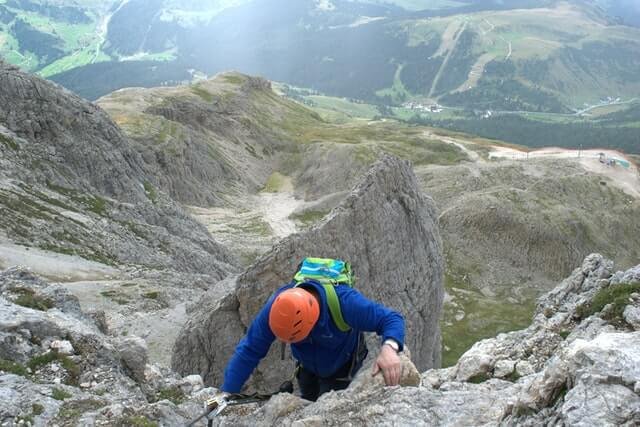
Things to Remember
SPF: Sunscreens are assigned a sun protection factor (SPF) number that rates their effectiveness in blocking UV rays. Higher numbers indicate more protection. You should use a broad-spectrum sunscreen with at least SPF 30.
Reapplication: Sunscreen wears off. Put it on again if you stay out in the sun for more than 2 hours and after swimming, sweating, or toweling off.
Expiration date: Check the sunscreen’s expiration date. Sunscreen without an expiration date has a shelf life of no more than three years, but its shelf life is shorter if it has been exposed to high temperatures.
Cosmetics: Some makeup and lip balms contain some of the same sun-protective ingredients used in sunscreens. If they do not have at least SPF 15, be sure to use other forms of protection as well, such as sunscreen and a wide-brimmed hat.




